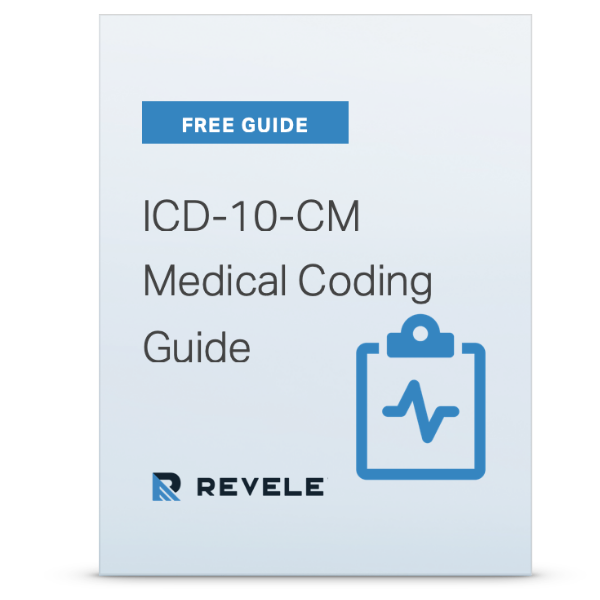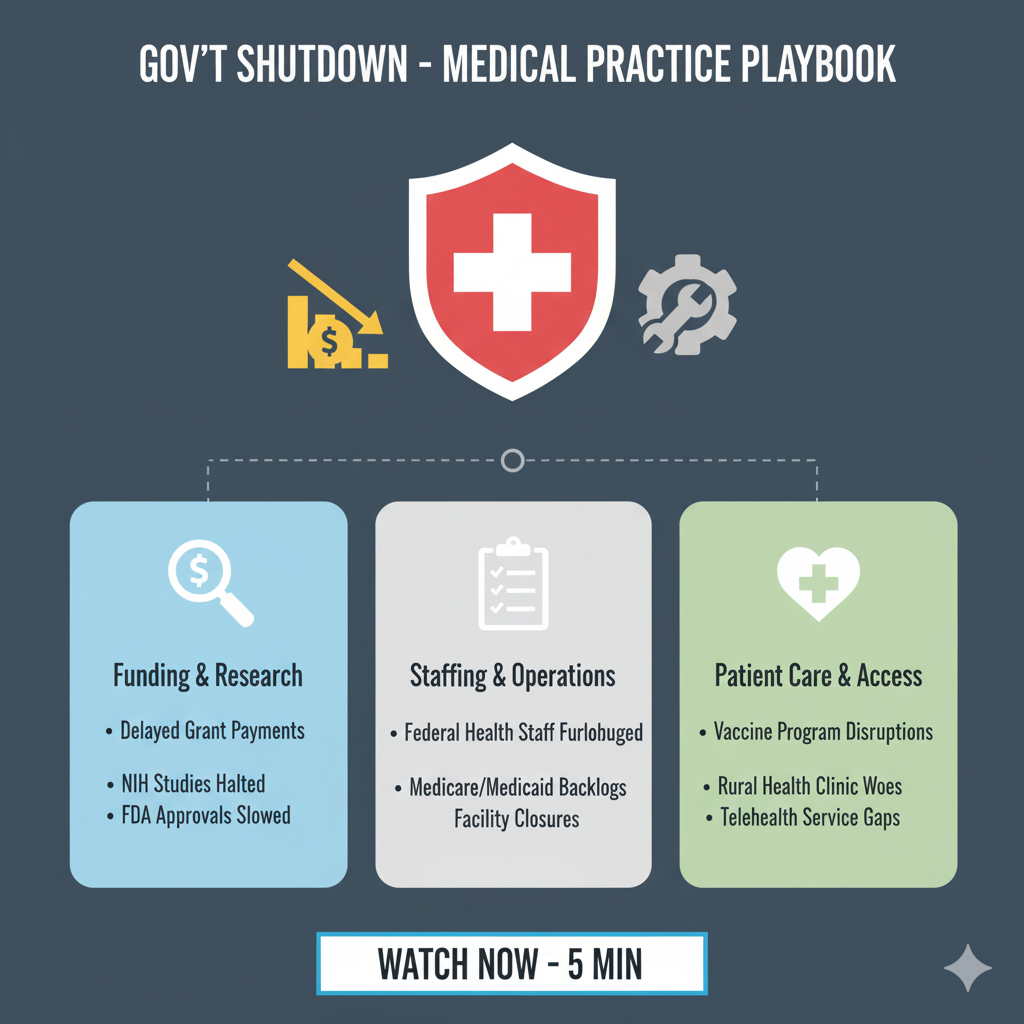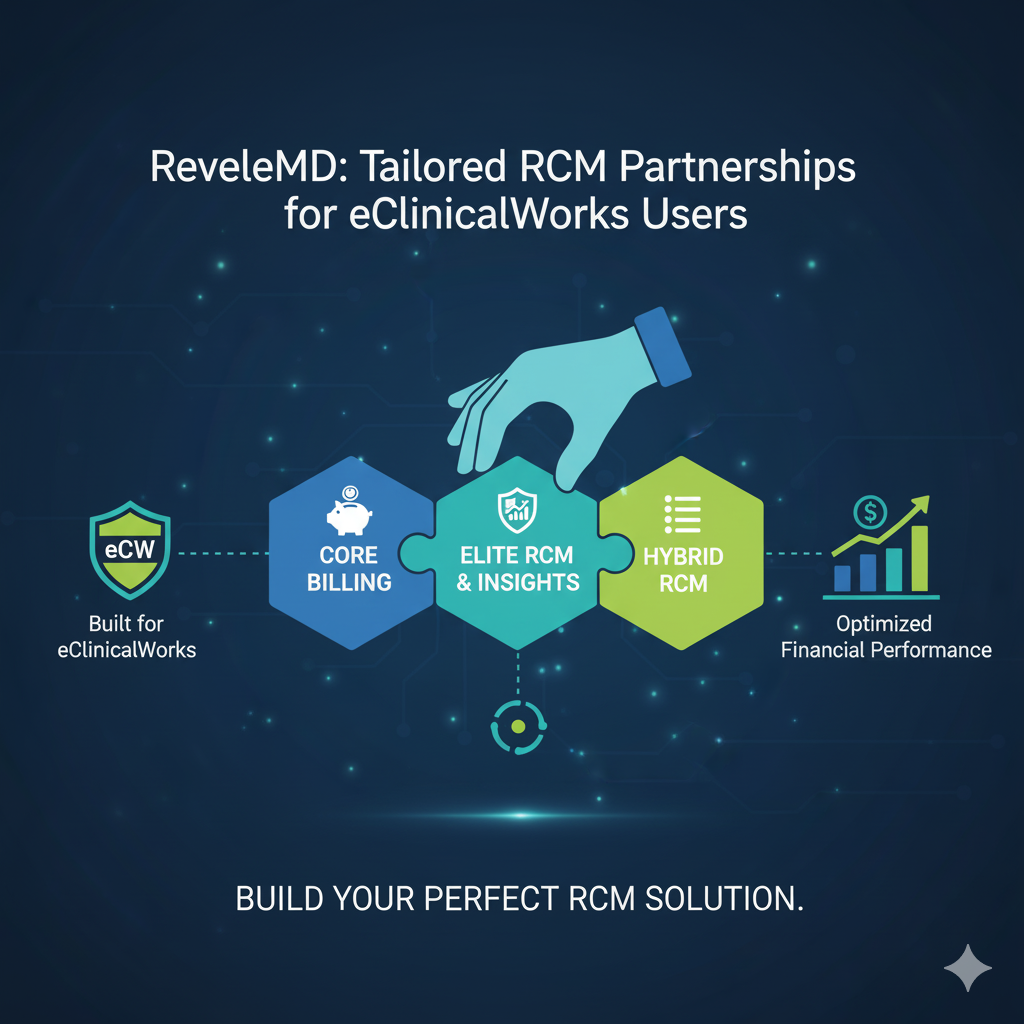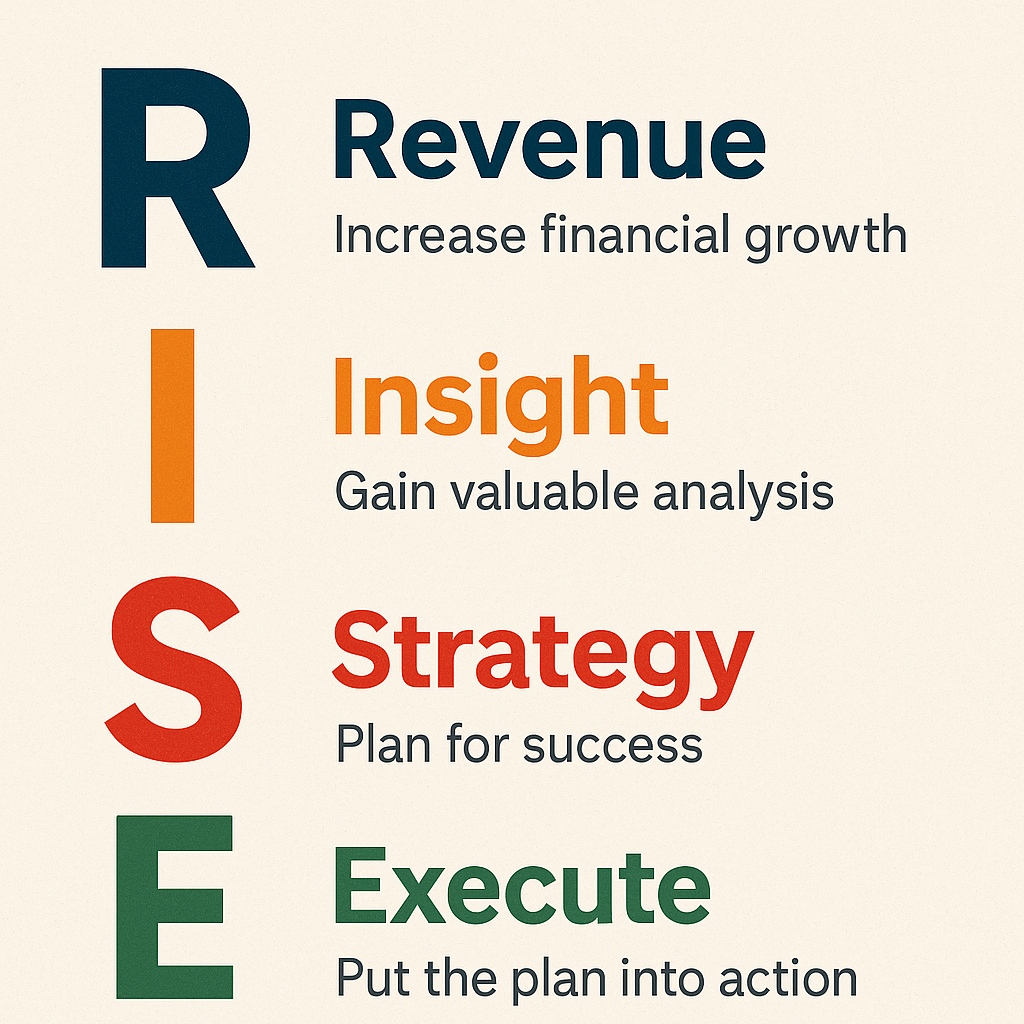Electronic Health Records are designed to help practice’s save time, improve the quality of documentation, and ultimately provide better patient care. However, some features of electronic health records could endanger your business and lead to False Claims Act violations.
Avoid Copy and Paste Abuse
Certain electronic functions such as the Copy and Paste commands, also known as cloning, can lead to EHR abuse. Of course, copy and pasting will save time but it can also repurpose complete notes from one date of service to another.
Cloning notes in EMRs is not new and is intended to copy forward documentation that appeared to be the same in a patient’s medical record. The Office of Inspector General (OIG) has indicated that the practice has led to improper payments, incorrect documentation of records, and patients are being put at risk.
On September 24, 2012, Katherine Sebelius, Secretary of the Dept. of Health and Human Services (HHS), and Eric Holder, Attorney General, of the Department of Justice (DOJ) issued a joint letter that addressed this issue to five hospital associations that included the American Hospital Association and the Federation of American Hospitals.
The letter indicated that over 55% of our nation’s hospitals currently have qualified for EMR incentive payments for “meaningful use” and overall is satisfied with the results.
However, there is a direct comment that there were “reports that some hospitals may be using electronic health records to facilitate ‘upcoding’ of the intensity of care or severity of patients’ condition as a means to profit with no commensurate improvement in the quality of care.”
The letter continued, “There are troubling indications that some providers are using this technology to game the system, possibly to obtain payments to which they are not entitled. False documentation of care is not just bad patient care; it’s illegal.”
The Office of Inspector General (OIG) statistics indicated that Medicare paid $25 billion—19 percent of all Medicare Part B payments—for E&M services in 2009.
Because of massive overpayments from CMS to providers the federal government is looking into evaluation/management codes. Many EHRs allow providers to point and click through a note which can ultimately lead to a higher level of service assigned to the note resulting in overpayment.
The Medicare Claims Processing Manual, chapter 12, section 30.6.1 defines medical necessity as “the overarching criterion for payment in addition to the individual requirements of a CPT® code,” while warning that the sheer volume of documentation should not influence E&M leveling: “It would not be medically necessary or appropriate to bill a higher level of evaluation and management service when a lower level of service is warranted. The volume of documentation should not be the primary influence upon which a specific level of service is billed. Documentation should support the level of service reported.”
Here are a few tips to help you avoid false documentation of care:
- Be careful what you import from the patient’s previous exam
- Include all the elements of the visit
- Keep your default settings up-to-date
- Always practice accurate and ethical documentation
- Don’t take shortcuts with documentation
- Review before closing notes for accuracy
- Limit copy and paste functions
- Addenda only pertinent clinical information not just revenue based information
- Customize your templates-Build one template for each level of MDM (low, moderate, and high complexity)
Cloning of documentation is considered a misrepresentation of the medical necessity requirement for coverage of services. Keep in mind that no two patient encounters should look exactly alike. Regularly Avoid using the copy and paste functions and avoid using the same template for every patient encounter.








